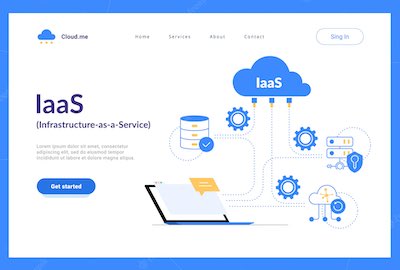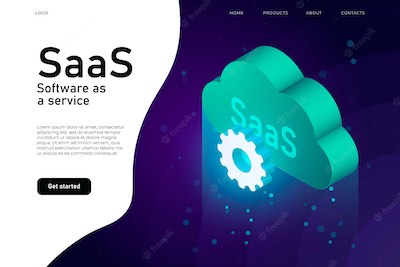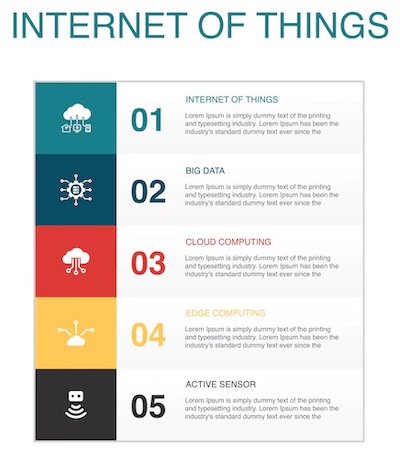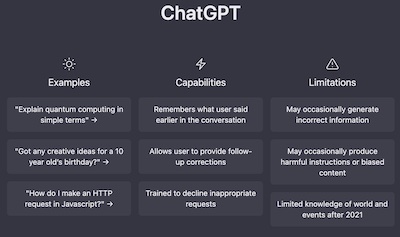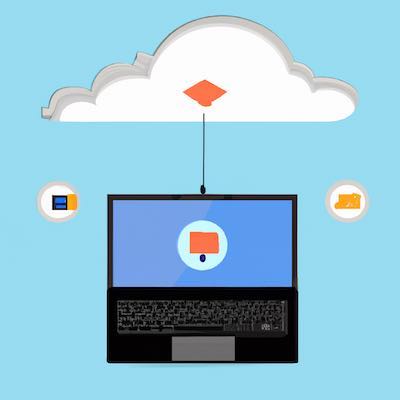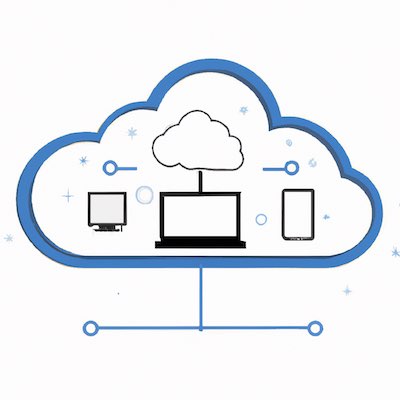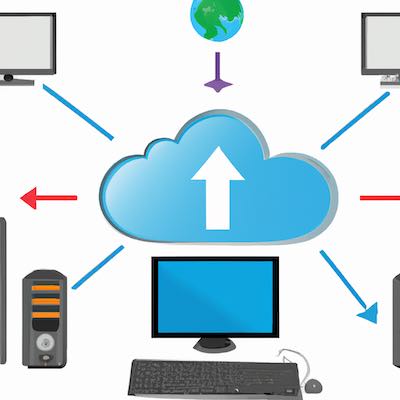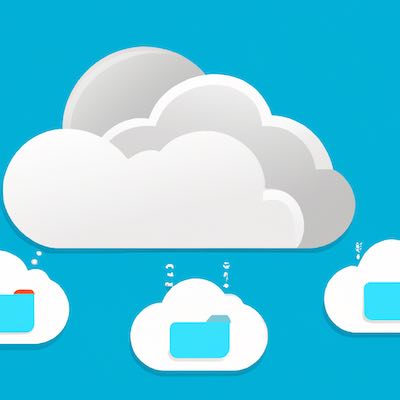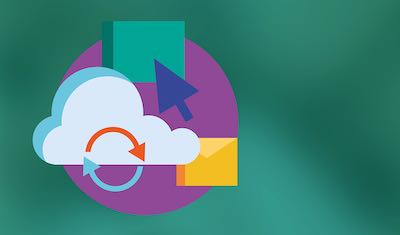 In the world of software development and cloud computing, there are many different types of services that can be used to build, deploy, and manage applications. Platform as a Service (PaaS) is just one of those services. It is often confused with other similar services like Software as a Service (SaaS), but they are all very different. PaaS has many benefits and some drawbacks, so it’s important to understand what it is before you decide whether or not to use it in your software project. In this blog post, we will go over what PaaS is, how it works, its advantages, its disadvantages, and some common examples of PaaS providers.
In the world of software development and cloud computing, there are many different types of services that can be used to build, deploy, and manage applications. Platform as a Service (PaaS) is just one of those services. It is often confused with other similar services like Software as a Service (SaaS), but they are all very different. PaaS has many benefits and some drawbacks, so it’s important to understand what it is before you decide whether or not to use it in your software project. In this blog post, we will go over what PaaS is, how it works, its advantages, its disadvantages, and some common examples of PaaS providers.
What is Platform as a Service?
Platform as a Service (PaaS) is an Internet service that provides its users with all the tools necessary to build and host an application without having to purchase, install, or develop any of the underlying hardware or software. PaaS is designed for businesses that want to be able to build and deploy applications without having to deal with the complexity of managing servers and other infrastructure. PaaS providers manage all of the underlying hardware and software so their users can focus solely on building applications. This has many benefits, but it also means that users of PaaS give up a certain amount of control and flexibility. This article will look at what PaaS is, how it works, its advantages and disadvantages, and some common examples of PaaS providers.
How does Platform as a Service work?
The first step to using PaaS is choosing which provider to use. Some providers offer free plans for small projects, while others have paid plans for large projects. Once you’ve chosen a provider, you will need to create an account, log in, and begin building your application. There are many different types of applications you can build with PaaS. Some examples include web applications, mobile applications, and desktop applications. When choosing what type of application to build, it’s important to consider the type of architecture required to run your application. For example, a web application will need a web server to host the application and a database to store data. A mobile application will need a back-end that can communicate with a mobile device and a database to store data.
Advantages of PaaS
There are many advantages to using PaaS, including reduced time to market, increased productivity, and reduced cost. Let’s go over each of these advantages in more detail. Reduced time to market - Traditional application development cycles can take months and involve a lot of people. A PaaS provider automates many of the processes that take time, like provisioning servers and setting up databases. This means a PaaS provider can help you get to market much faster than usual. Increased productivity - Traditional application development cycles often require a team of people with very specific skill sets. PaaS providers do all the work behind the scenes so you don’t have to. This means that you can get the job done quickly and with much less effort on your part.
Disadvantages of PaaS
While PaaS has many advantages, it also has some disadvantages that must be considered when deciding if PaaS is right for your project. Let’s go over the major disadvantages.
Limited control and flexibility - Because PaaS providers handle everything behind the scenes, you lose some control over your project. You also lack flexibility because you’re limited by the providers’ features and functionality.
Potential outages - PaaS providers are a third-party service, which means they can suffer outages. If your application is hosted on a PaaS provider, then an outage could potentially take down your application as well.
Common examples of PaaS
There are many PaaS providers out there, but some of the most common ones are AWS, Heroku, Google Cloud Platform, Microsoft Azure, and IBM Cloud. These providers offer a wide range of features, so it’s important to do your research before choosing a provider. Each provider offers a unique set of features and has its own strengths and weaknesses.
Amazon Web Services (AWS) - AWS is one of the most common PaaS providers. They offer a wide range of services, including PaaS, IaaS, and SaaS. They are mostly used by larger companies and enterprises.
Heroku - Heroku is a popular PaaS that is used by many developers. It has a wide range of features and options, including the ability to build custom applications.
Google Cloud Platform - Google Cloud Platform is another popular PaaS. It has a wide range of features, including hosting, data storage, integration, and deployment.
Microsoft Azure - Microsoft Azure is another popular PaaS. It offers a wide range of features, including hosting, data storage, integration, and deployment.
IBM Cloud - IBM Cloud is another popular PaaS. It has a wide range of features, including hosting, data storage, integration, and deployment.
Conclusion
Platform as a Service (PaaS) is an Internet service that provides its users with all the tools necessary to build and host an application without having to purchase, install, or develop any of the underlying hardware or software. PaaS is designed for businesses that want to be able to build and deploy applications without having to deal with the complexity of managing servers and other infrastructure. PaaS providers manage all of the underlying hardware and software so their users can focus solely on building applications. This has many benefits, but it also means that users of PaaS give up a certain amount of control and flexibility. This article will look at what PaaS is, how it works, its advantages and disadvantages, and some common examples of PaaS providers.

